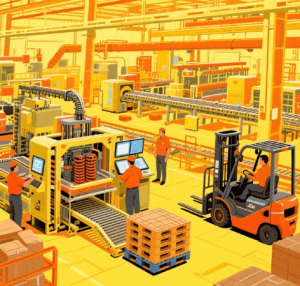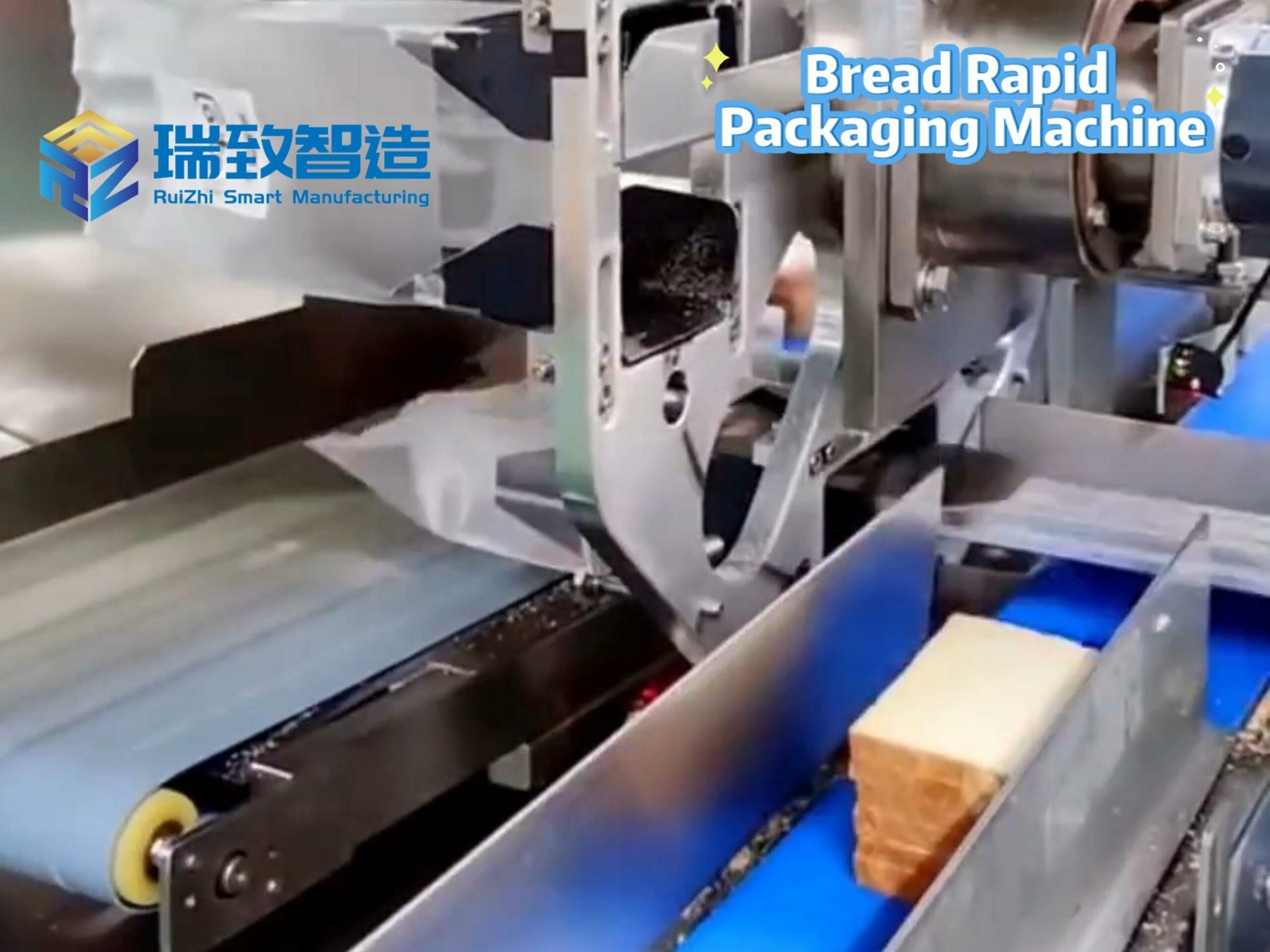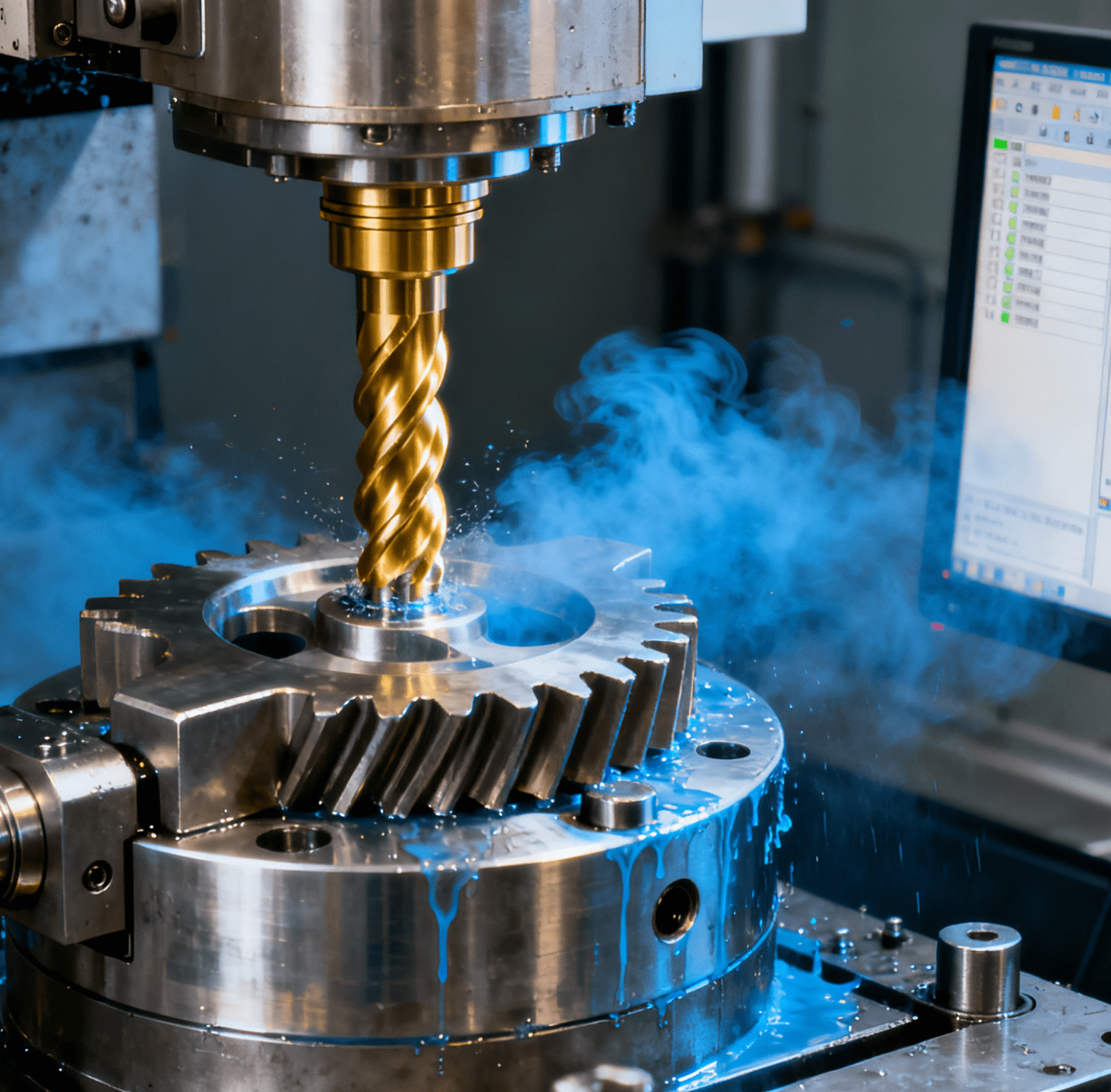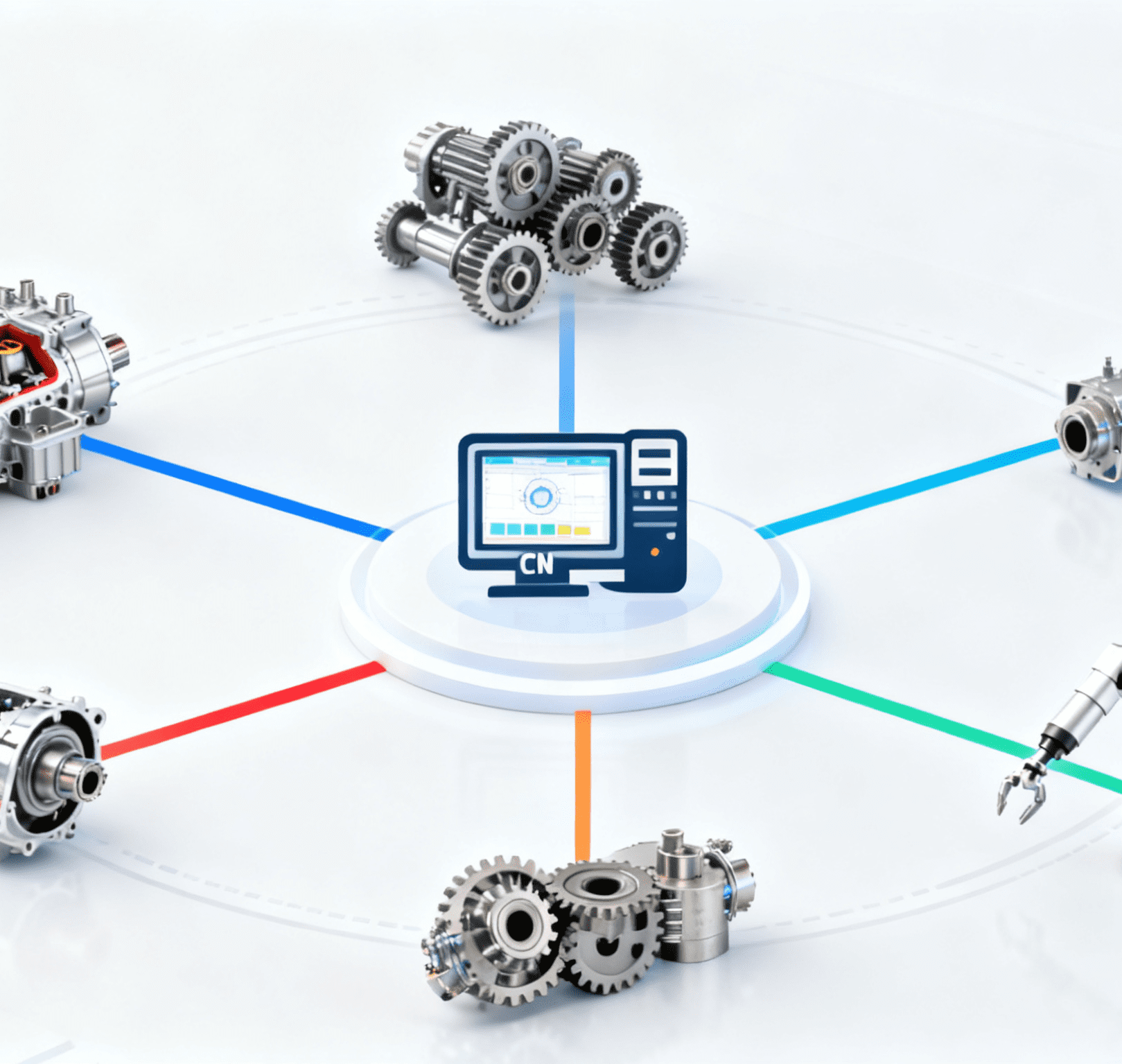Table of Contents
ToggleAutomatic Spring Tray Loading System: Revolutionizing Precision Material Handling in Manufacturing

In the realm of precision manufacturing, spring tray loading presents unique challenges due to diverse spring geometries (compression, torsion, extension), delicate materials (titanium, music wire), and tight tolerances (±0.05mm). Traditional manual or semi-automated systems struggle with slow cycle times (10–20 seconds per tray), inconsistent positioning (±0.5mm errors), and limited adaptability to varying spring types. The Automatic Spring Tray Loading System emerges as a transformative solution, integrating high-speed robotics, AI-driven vision, and adaptive tooling to streamline spring handling in automotive, electronics, and medical device production.
I. Core Technical Architecture: Speed Meets Precision
The system’s modular design synergizes robotic agility with intelligent control, comprising three interdependent subsystems:
1. High-Speed Robotic Manipulation Unit
Powered by 4-axis SCARA robots (e.g., Epson LS6) or 6-axis articulated robots (Fanuc M-20iD), the system delivers:
- Planar Efficiency for High Throughput: SCARA robots achieve 150+ springs/minute with ±0.02mm repeatability, 3–5x faster than manual loading;
- Adaptive Gripping Solutions: Pneumatic microgrippers (0.1–5N force control) for micro springs (0.1mm wire diameter) and magnetic chucks for heavy-duty springs (200mm length);
- Dynamic Path Planning: AI-optimized trajectories reduce robot travel distance by 25%, minimizing cycle time to 1–3 seconds per spring.
2. Vision-Guided Spring Localization
A dual-camera vision setup ensures sub-millimeter accuracy:
- 3D Laser Profiling: Scans spring coils and hooks with 0.01mm resolution, correcting ±10mm positional deviations in real-time;
- Deep Learning Feature Recognition: YOLOv8-based algorithms identify spring ends, pitches, and defects with 99.8% accuracy, even for rusted or coated surfaces;
- Tray Cavity Mapping: Structured light sensors generate 3D models of tray slots, enabling precise alignment for complex tray geometries.
3. Intelligent Control Ecosystem
Powered by PLC or industrial PC, the system enables:
- Recipe Management: Stores 500+ spring/tray configurations for 2-minute changeovers, ideal for high-mix production;
- Real-Time Data Tracking: Monitors OEE, cycle time, and gripper wear, with predictive maintenance reducing downtime by 60%.
II. Industrial Applications: From Micro to Macro Springs
1. Automotive Suspension & Powertrain
- Valve Spring Tray Loading: Magnetic grippers place conical springs (5–50mm) into engine trays with ±0.03mm vertical alignment, critical for compression ratio consistency;
- Torsion Spring Kitting: 6-axis robots orient suspension springs (hook angle tolerance ±1°) in custom trays, reducing assembly line errors by 85%.
Case Study: A US automotive supplier increased spring tray loading efficiency by 40% and cut labor costs by 70% after deploying 30 systems.
2. Electronics & Wearables
- Micro Spring Placement: Vacuum-assisted microgrippers handle 01005-sized springs (0.4mm×0.2mm) for smartphone connectors, with ESD protection;
- Flex Circuit Spring Traying: SCARA robots place planar coil springs in foldable device trays with ±0.01mm horizontal accuracy.
3. Medical Device Manufacturing
- Sterile Spring Handling: 316L stainless steel grippers and ISO 8 cleanroom coatings for syringe pump springs, meeting GMP standards;
- Microsurgical Tool Spring Loading: Force control (±0.1N) prevents deformation of 0.05mm wire diameter springs in laparoscopic tools.
III. Competitive Advantages Over Traditional Systems
| Metric | Manual/Semi-Automated | Automatic Spring Tray System |
| Loading Speed | 30–50 springs/minute | 150–200 springs/minute |
| Positioning Accuracy | ±0.5mm | ±0.02mm (X/Y), ±0.1mm (Z) |
| Changeover Time | 15–30 minutes | <2 minutes (recipe-based) |
| Defect Rate | 0.5–1% | <0.05% |
IV. Future Innovations
- AI-Driven Self-Optimization: ML models predict optimal gripper pressure for new spring materials, reducing trial-and-error by 70%;
- 3D Vision for Curved Trays: ToF sensors enable loading onto non-planar trays (e.g., automotive interior components);
- Collaborative Robot Integration: Dual-arm cobots (UR10e) for shared workspaces, enabling human-robot collaboration in small-batch production.
Conclusion
The Automatic Spring Tray Loading System redefines precision material handling by merging robotic speed, vision accuracy, and adaptive flexibility. Its ability to handle micro to heavy-duty springs across industries makes it a cornerstone of smart manufacturing. As AI and 3D vision technologies advance, these systems will evolve into self-optimizing solutions, enabling manufacturers to thrive in an era of mass customization.
#Automatic Spring Tray Loading System #Robotic Spring Handling #Vision-Guided Palletizing




















